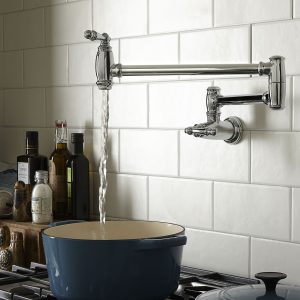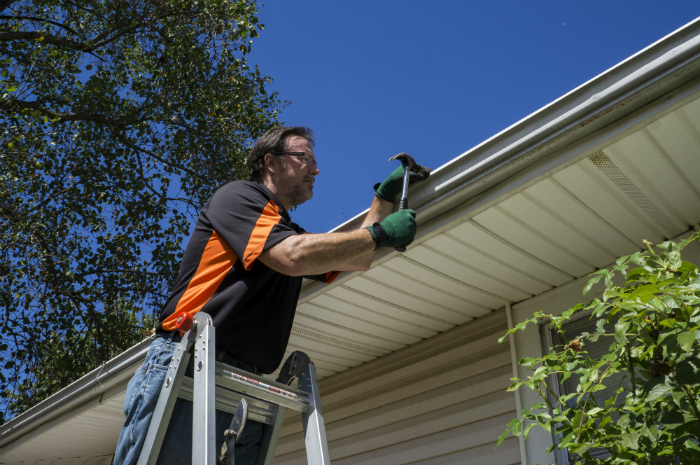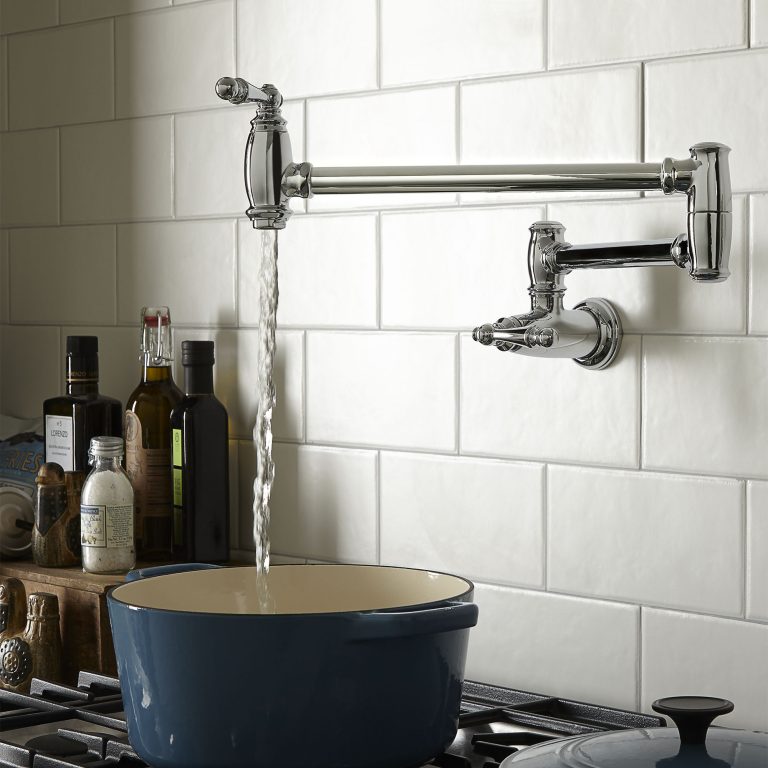Welcome to Timber Repair 101, your ultimate guide to mastering the art of wood restoration. Whether you’re a DIY enthusiast or a seasoned professional, this comprehensive handbook is packed with tips, tricks, and techniques to help you breathe new life into weathered timber and preserve its natural beauty for years to come.
- Assessment is Key: Before diving into any repair project, take the time to thoroughly assess the condition of the wood. Identify areas of rot, decay, insect damage, and structural weaknesses. This will help you develop a targeted repair plan and ensure that you address all underlying issues.
- Start with Surface Prep: Proper surface preparation is essential for achieving Timber Repair professional results. Begin by cleaning the wood surface to remove dirt, grime, and old finishes. Sanding may be necessary to smooth out rough patches and create a clean, even surface for repairs.
- Choose the Right Repair Method: The best repair technique will depend on the type and extent of damage. For minor surface imperfections, consider using wood filler or epoxy resin to fill cracks and gaps. For more significant damage, such as rot or decay, replacement may be necessary.
- Match Wood Species and Grain: When replacing damaged sections of wood, strive to match the species and grain pattern as closely as possible to the original. This will help ensure a seamless repair that blends in with the surrounding woodwork.
- Embrace Traditional Joinery: Whenever possible, opt for traditional joinery techniques such as mortise and tenon joints or dovetail joints. Not only are these methods structurally sound, but they also add to the authenticity and character of the repair.
- Protect Against Future Damage: Once repairs are complete, take steps to protect the wood against future damage. Apply a high-quality wood preservative or sealant to prevent moisture intrusion and inhibit fungal growth. Regular maintenance, such as cleaning and resealing, will help prolong the life of the woodwork.
- Invest in Quality Tools and Materials: To achieve professional results, invest in high-quality tools and materials. Sharp chisels, precision saws, and durable wood finishes will make the repair process smoother and more efficient.
- Practice Patience and Precision: Timber repair is a meticulous process that requires patience and attention to detail. Take your time, and don’t rush through any steps. A careful, methodical approach will yield superior results in the end.
- Learn from Experience: Timber repair is as much art as it is science, and the best way to improve your skills is through hands-on experience. Don’t be afraid to experiment with different techniques and learn from your mistakes along the way.
- Seek Professional Advice When Needed: While DIY timber repair can be rewarding, some projects may require the expertise of a professional. If you’re unsure about tackling a particular repair, don’t hesitate to seek advice or assistance from a qualified woodworker or carpenter.
With these tips and tricks in your toolkit, you’re well-equipped to tackle any timber repair project with confidence and skill. Remember to approach each project with care, creativity, and a passion for preserving the timeless beauty of wood.




















+ There are no comments
Add yours